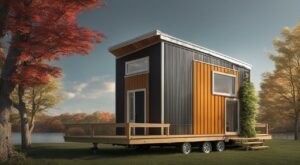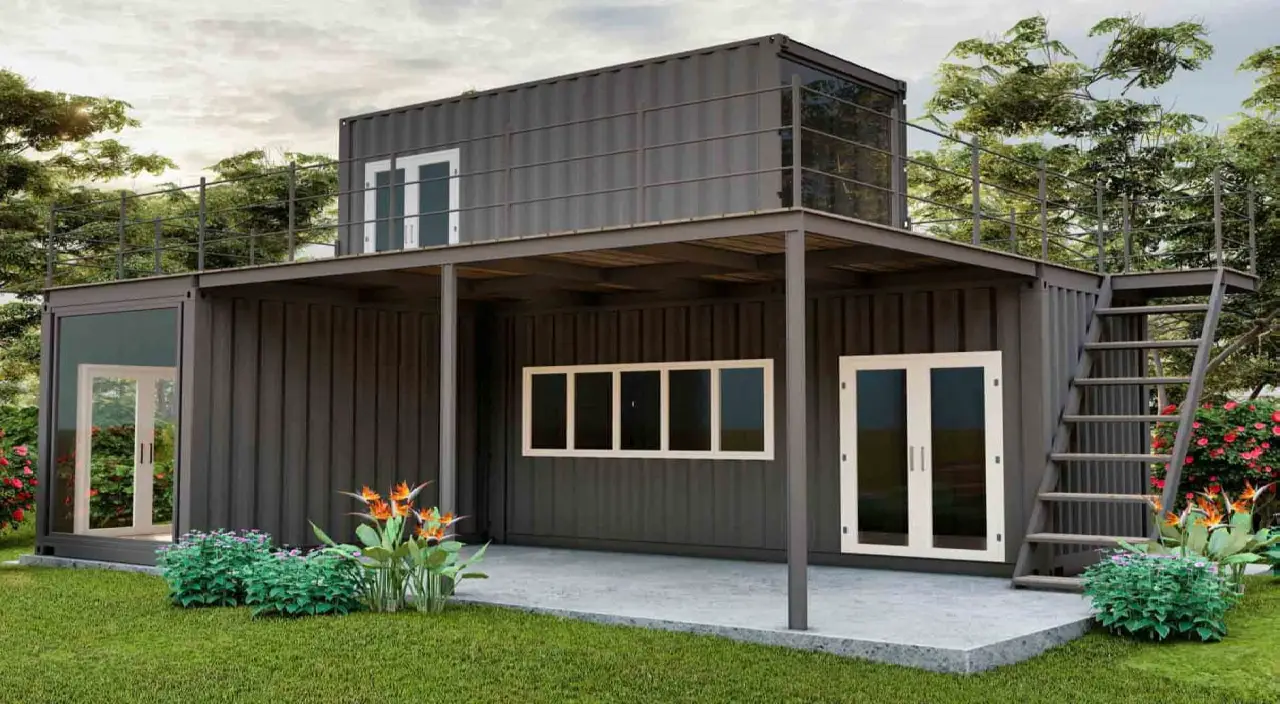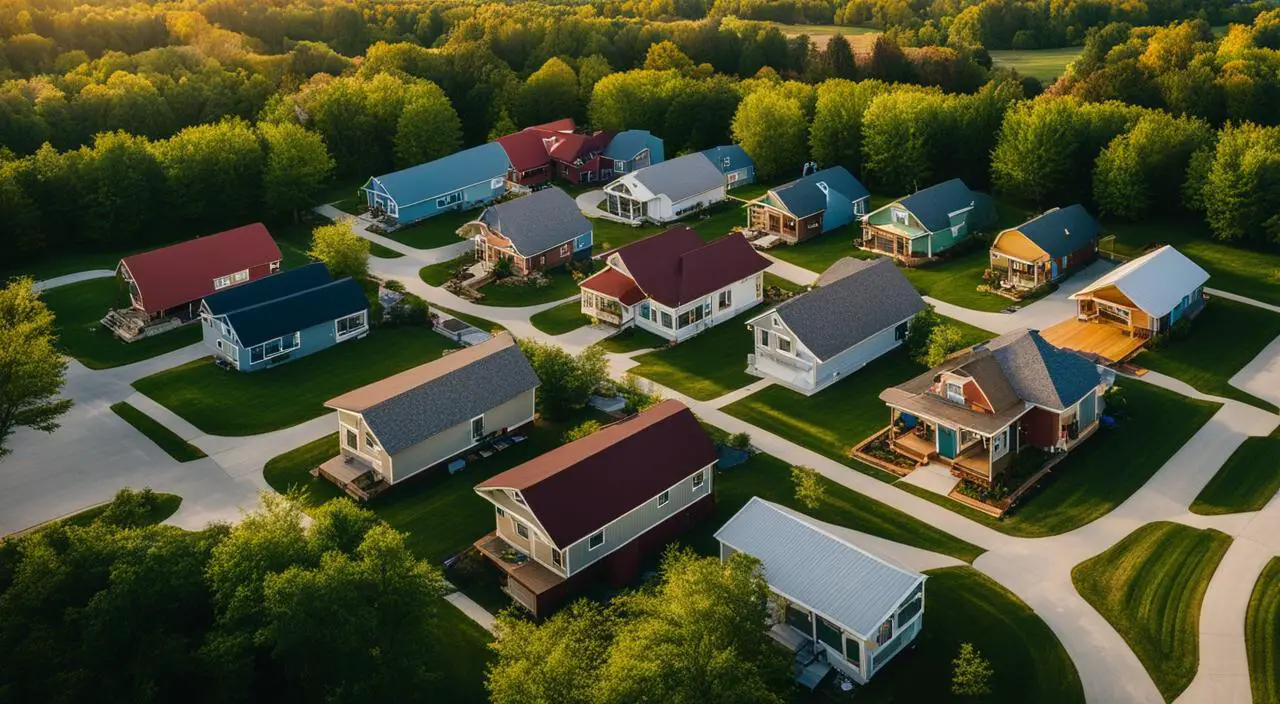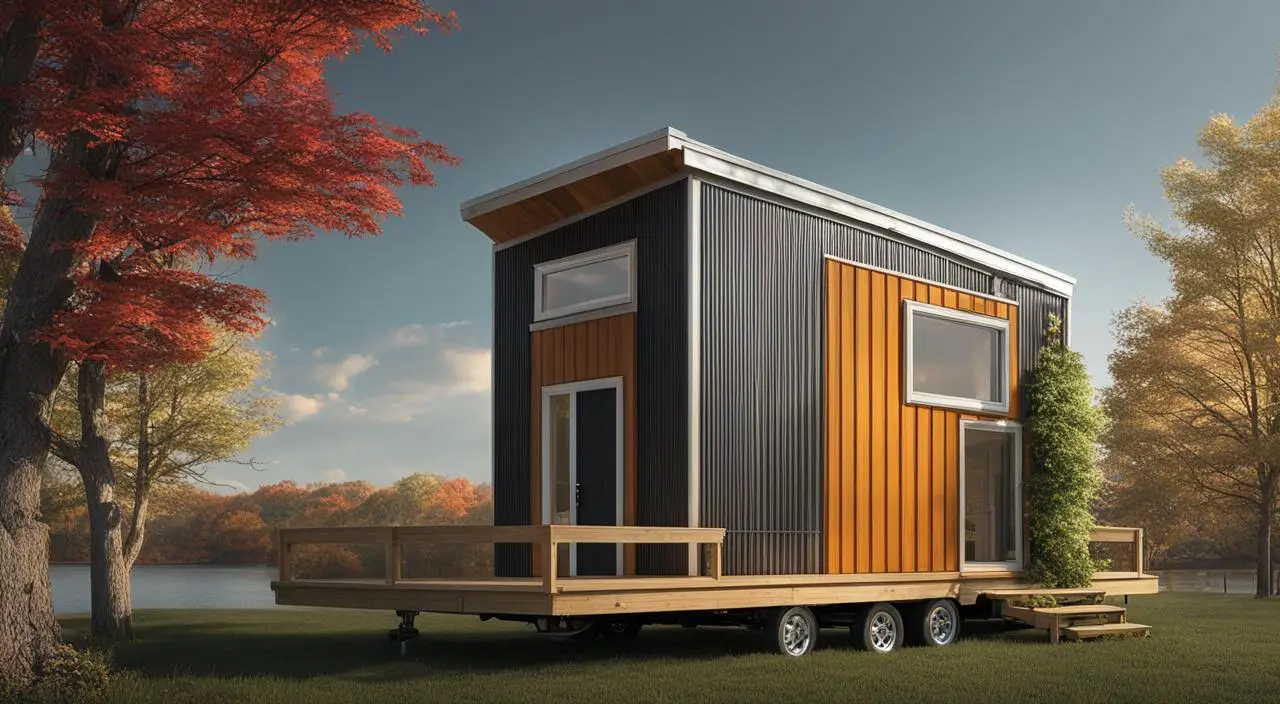Your cart is currently empty!
Tiny House Regulations Utah: Understanding Tiny House Law
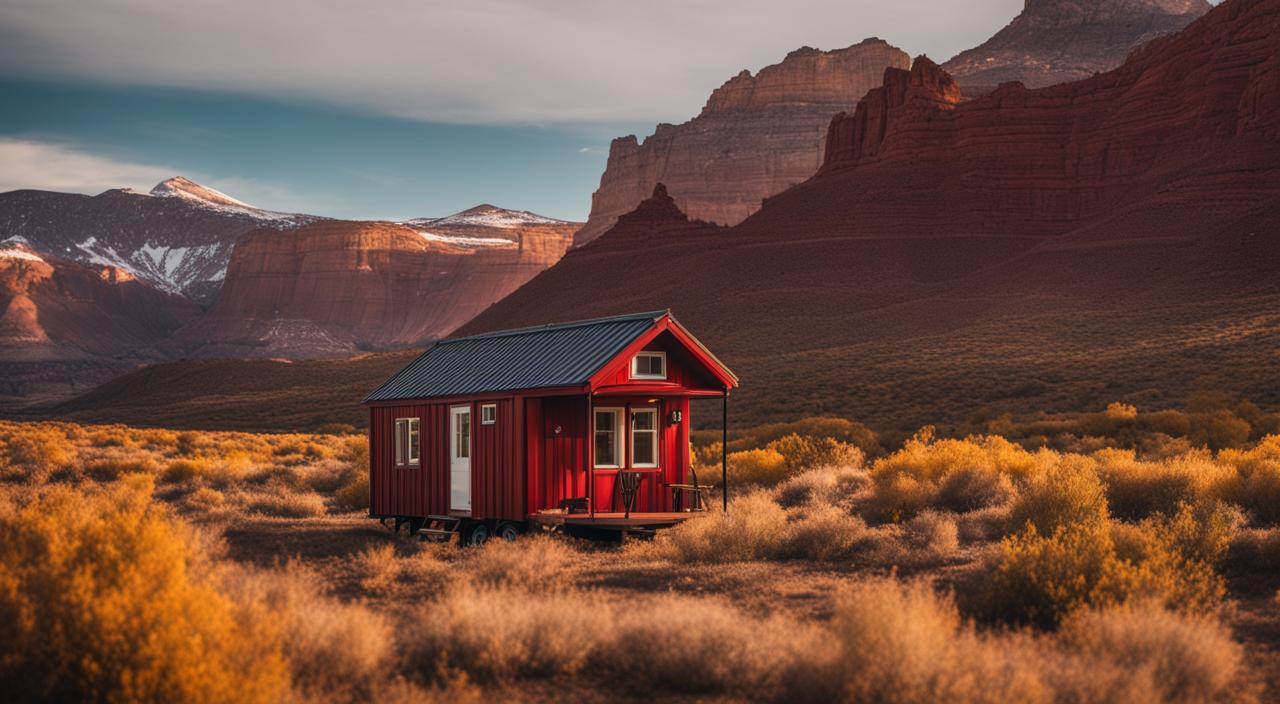
Affiliate Disclaimer: This post may contain affiliate link or links
Tiny house regulations Utah: If you are considering living in a tiny house in Utah, it is crucial to understand the regulations and laws governing these unique homes, to ensure that you abide by the law.
Contents
Tiny houses are subject to different regulations, building codes, and zoning requirements than standard homes, so it is essential to have a clear understanding of the legal requirements before building or living in a tiny house in Utah.
Utah has specific requirements for tiny houses, including minimum size requirements, safety regulations, and occupancy restrictions.
In this article, we will provide an overview of the regulations and laws related to tiny houses in Utah and explain why understanding them is essential.
Zoning and Permitting for Tiny Homes in Utah
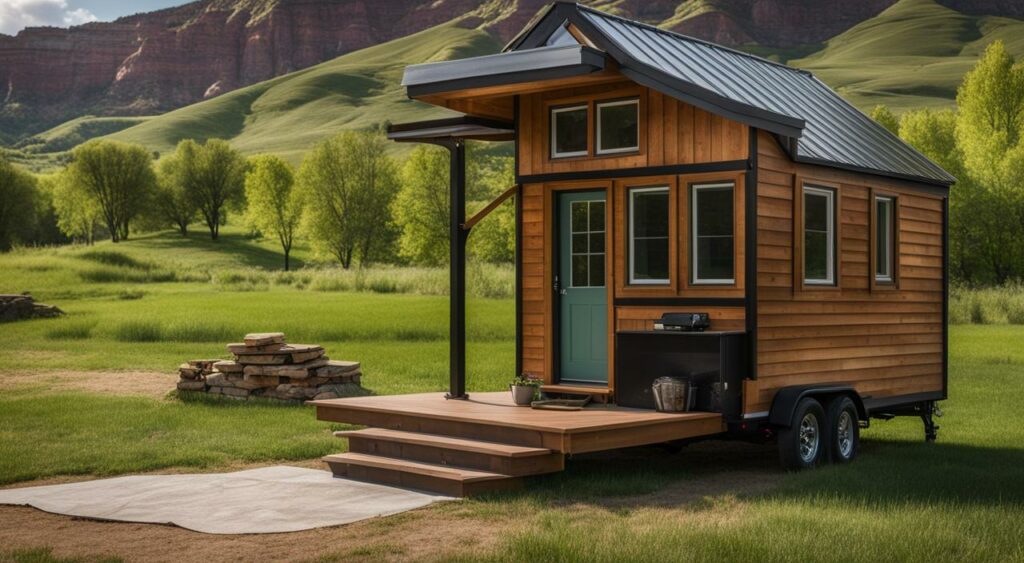
It is essential to understand the zoning and permitting requirements for tiny homes in Utah before starting the construction process.
Zoning laws regulate the purpose for which a property can be used and the type of structures that can be built on it.
Tiny houses may fall under various zoning categories, such as residential, agricultural, or commercial, depending on the intended use.
For instance, a tiny house built for dwelling purposes may be classified as a residential structure.
However, zoning classifications vary across Utah, and it is crucial to consult with local zoning authorities to determine the appropriate zoning for a tiny home.
Additionally, permits may be required for the construction or placement of a tiny house in Utah. The requirements for permits vary based on the locality and the type of tiny home.
For instance, permits may be required for electrical and plumbing installations, building structures, and sewage disposal systems.
Therefore, it is crucial to research and comply with the relevant regulations to avoid legal problems in the future.
Permits for Tiny Houses in Utah
Tiny houses in Utah require permits for their construction. These permits are granted by the local authorities, and the requirements for obtaining them may vary between cities.
Some cities, such as Salt Lake City, have detailed requirements for obtaining permits for tiny homes. For instance, Salt Lake City requires a building permit for a tiny home on a permanent foundation that is over 120 square feet.
On the other hand, homes on a trailer chassis do not require a building permit but must adhere to other regulations. It is crucial to consult with a local zoning authority to ensure compliance with all relevant permit requirements.
Zoning Laws for Tiny Houses in Utah
The zoning laws for tiny houses in Utah vary based on location and intended use. Generally, most Utah towns and cities classify tiny homes as ADUs or accessory dwelling units.
ADUs refer to secondary living units on a property that is typically smaller than the main residence.
Some Utah cities, such as Salt Lake City and Ogden, have passed ordinances that allow for ADUs, including tiny houses.
However, the requirements for obtaining permits and complying with zoning laws may differ between cities.
It is crucial to familiarize oneself with the zoning laws and consult with local authorities to avoid violating any regulations.
Failure to comply with zoning laws can lead to penalties, violation notices, and the demolition of the tiny house.
Building Codes and Safety Regulations for Tiny Houses in Utah
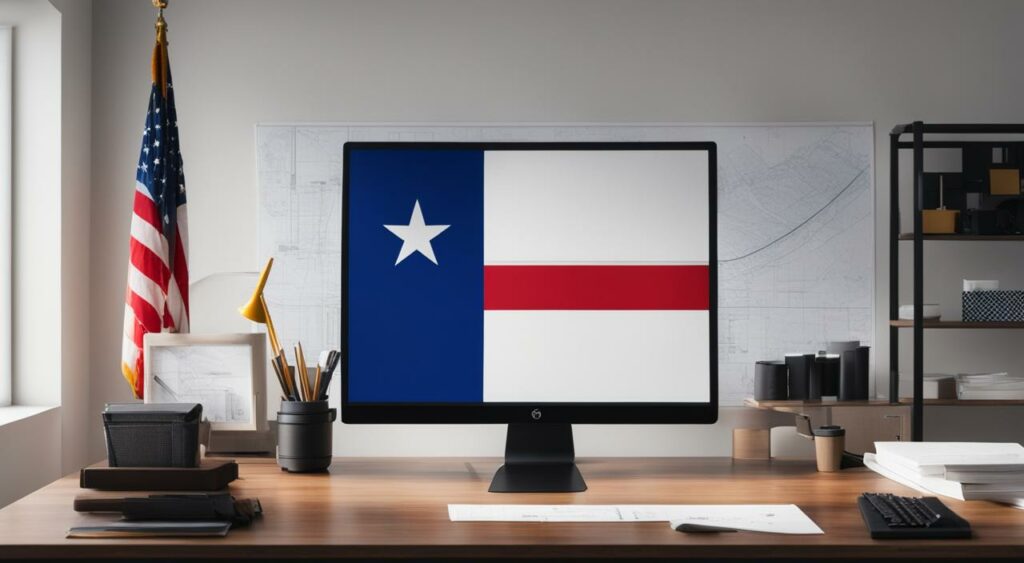
When it comes to building a tiny house in Utah, it is essential to ensure compliance with the state’s building codes and safety regulations.
Failure to comply with these standards can result in fines, repairs, and even eviction.
Utah follows the International Residential Code (IRC) for building codes, with some specific additions and exceptions for tiny homes.
These codes cover various areas of construction, including the foundation, framing, roofing, and insulation.
To ensure that your tiny home meets all necessary building codes, it is recommended to work with a builder who has experience constructing tiny homes in Utah.
They will be familiar with the state’s specific codes and regulations and can ensure that your home is up to standard.
Electrical and Plumbing Regulations
In Utah, tiny homes must comply with the same electrical and plumbing regulations as traditional homes.
This means that they must have an electrical system that meets the National Electrical Code (NEC) requirements and plumbing that meets the International Plumbing Code (IPC) requirements.
When designing the electrical and plumbing systems for your tiny house, it is essential to consider the size and layout of your home.
Limited space may require creative solutions for wiring and plumbing, but it is crucial to ensure that everything is up to code for safety reasons.
Health and Safety Regulations
In addition to building codes, Utah has specific health and safety regulations that apply to tiny homes. These regulations cover areas such as ventilation, fire safety, and sanitation.
For example, the IRC requires that tiny homes have two means of egress, such as doors or windows, in each sleeping area.
This is to ensure that inhabitants can safely escape in case of an emergency.
It is also essential to ensure that your tiny home has proper ventilation to prevent moisture buildup, which can lead to mold growth and other health problems.
Ensuring compliance with building codes and safety regulations is essential for anyone building or living in a tiny home in Utah.
It is crucial to work with professionals who have experience with tiny home construction to ensure that everything is up to standard.
By understanding and following the building codes and safety regulations for tiny homes in Utah, you can ensure that your home is safe, comfortable, and legal.
Don’t take shortcuts or try to cut corners when it comes to meeting these requirements – they are in place for your safety and the safety of your neighbors.
Minimum Size Requirements and Occupancy Restrictions in Utah
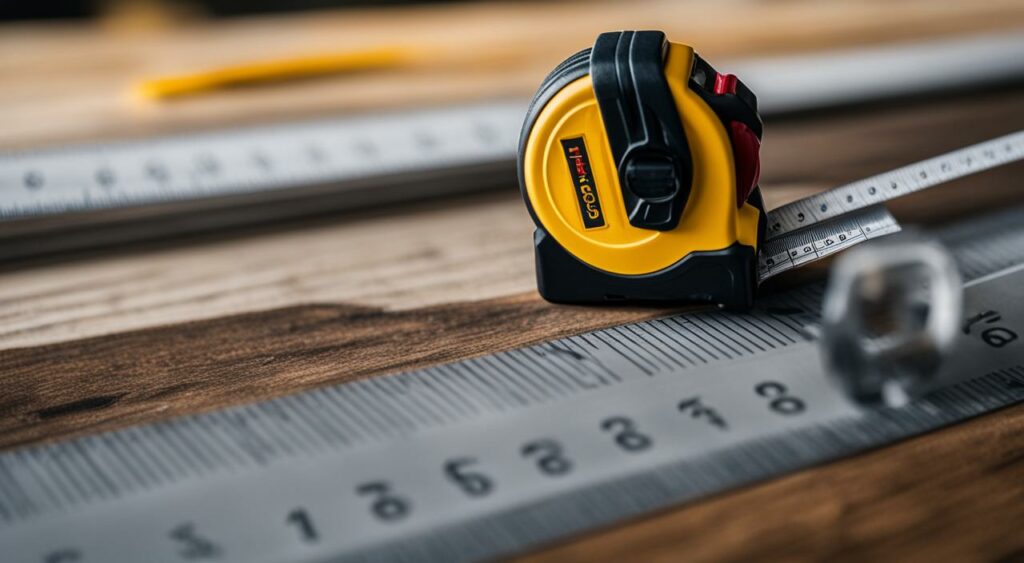
When it comes to tiny houses in Utah, there are specific minimum size requirements that must be met to be considered a legal dwelling.
The minimum size requirement for a tiny house in Utah is 120 square feet of livable space. This includes any sleeping lofts, but not any lofts that are used for storage or other purposes.
It’s important to note that while Utah has set this minimum size requirement, some cities and counties may have their own specific size requirements for tiny houses.
It’s crucial to check with your local government to ensure compliance with all applicable regulations. Additionally, there are occupancy restrictions that apply to tiny houses in Utah.
The specific restrictions will depend on the zoning laws in the area where the tiny house is located. However, in general, there are restrictions on the number of occupants allowed in a tiny house.
For example, in Salt Lake City, a tiny house can only have one occupant. If there is a second occupant, the tiny house must be a minimum of 150 square feet.
Other cities and counties may have different occupancy restrictions, so it’s essential to check the local regulations before building or occupying a tiny house in Utah.
To ensure compliance with minimum size requirements and occupancy restrictions, it’s crucial to work with a knowledgeable builder or contractor who is familiar with tiny house regulations in Utah.
They can help navigate the zoning and permitting process, as well as ensure that the tiny house is constructed to meet all applicable building codes and safety regulations.
Alternative Housing Options in Utah: Tiny House Communities and ADUs
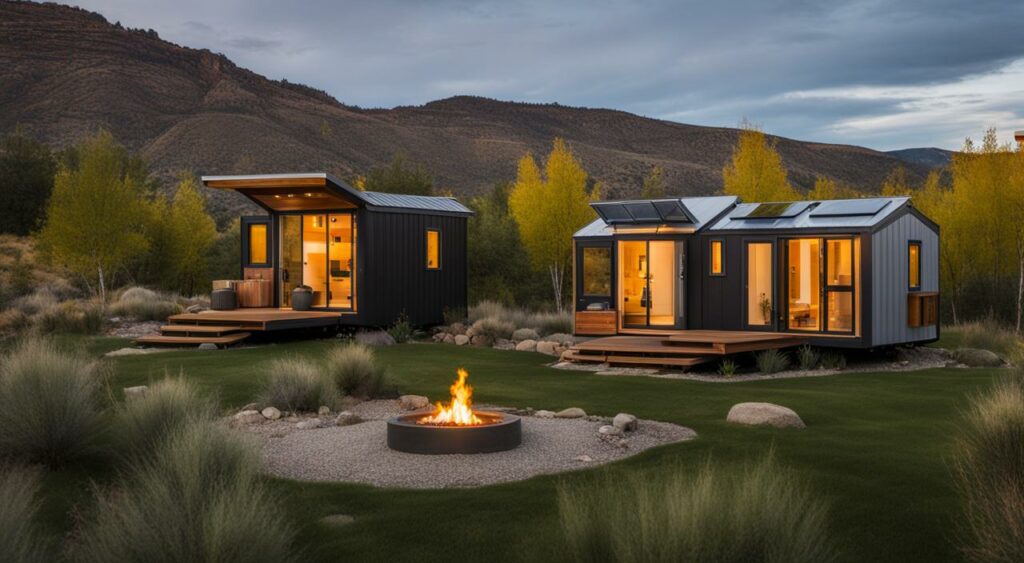
For those interested in living in a tiny home in Utah, there are a few alternative housing options to consider. Two popular options are tiny house communities and accessory dwelling units (ADUs).
Tiny House Communities
Tiny house communities are a growing trend in Utah, offering a unique living experience for those interested in downsizing and simplifying their lives.
These communities typically have several tiny homes clustered together, with shared amenities and a sense of community. Some communities even offer communal gardens, workout facilities, and social events.
Living in a tiny house community can be a great way to connect with like-minded individuals and simplify your life.
However, it’s important to note that each community may have its own set of rules and regulations, so it’s important to do your research before committing to a specific community.
Accessory Dwelling Units (ADUs)
Another alternative housing option in Utah is the accessory dwelling unit (ADU). An ADU is a smaller, separate dwelling unit on the same property as a primary residence.
These units can be attached or detached and can be used as a rental property or a separate living space for family members.
ADUs are a great option for those who want to downsize but still have a sense of privacy and ownership. They can also provide additional income for homeowners who choose to rent them out.
However, it’s important to note that there are specific laws and regulations surrounding the construction and use of ADUs, so it’s essential to do your research and obtain any necessary permits before building or renting out an ADU.
Overall, tiny house communities and ADUs are two great alternative housing options for those interested in tiny house living in Utah.
Each offers unique benefits and considerations, so it’s important to do your research and choose the option that best fits your needs and lifestyle.

Conclusion
Living in a tiny house can be a rewarding and fulfilling experience, but it is important to understand the regulations and laws related to tiny houses in Utah before embarking on this journey. In summary, prospective tiny house dwellers in Utah should consider:
Zoning and Permitting
Utah has different zoning laws that may apply to tiny houses, and depending on the location, permits may be required for construction or placement of a tiny home. It is important to research and comply with these requirements to avoid any legal issues.
Building Codes and Safety Regulations
When building or living in a tiny house in Utah, it is imperative to adhere to the specific building codes and safety regulations related to construction, electrical, plumbing, and overall safety standards.
This ensures a safe and comfortable living environment for the occupant(s).
Minimum Size Requirements and Occupancy Restrictions
Utah has minimum size requirements and occupancy restrictions that apply to tiny houses.
Understanding these requirements will help individuals determine if a tiny house is a suitable option for their lifestyle and whether they need to consider alternative housing options like ADUs.
Alternative Housing Options in Utah
For those who are unable to comply with tiny house regulations or want to explore different options, Utah offers alternative housing options like tiny house communities and ADUs.
These options provide the benefits of tiny house living without the legal hurdles associated with traditional tiny homes.
By understanding and complying with the relevant regulations and laws related to tiny houses in Utah, individuals can ensure a successful and hassle-free tiny house living experience.
Remember to always research and comply with the specific requirements in your area, and consult with professionals if needed.
Other related articles
- Tiny House Laws Indiana: Unlocking the Secrets
- Tiny House Laws in Massachusetts: The Ins and Outs
- Tiny House Laws Colorado: A Friendly Guide
- Tiny House Laws in Florida: Everything You Need to Know
- Understanding Tiny House Laws in Virginia: A Quick Guide
- Tiny House Laws Wisconsin: Understanding The Law

Arc. Joseph Benson the CEO of Free tiny homes, Free Tiny Homes is a free, open-source, collaborative resource for anyone interested in building their own tiny home…


